-
×
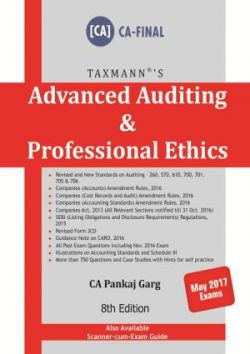 Advanced Auditing & Professional Ethics (CA-Final) by Pankaj Garg (May 2017 Exams)
1 × ₹580.00
Advanced Auditing & Professional Ethics (CA-Final) by Pankaj Garg (May 2017 Exams)
1 × ₹580.00 -
×
 V G Mehta's Income-tax Ready Reckoner 2020-21 By Navinchandra Vrajlal Mehta
1 × ₹1,120.00
V G Mehta's Income-tax Ready Reckoner 2020-21 By Navinchandra Vrajlal Mehta
1 × ₹1,120.00 -
×
 Taxation Of Income From Business Or Profession 2019, By Ram Dutt Sharma
1 × ₹636.00
Taxation Of Income From Business Or Profession 2019, By Ram Dutt Sharma
1 × ₹636.00 -
×
 Chaturvedi and Pithisaria’s Income Tax Rules (with Allied Rules and Relevant Schemes) 2017
1 × ₹920.00
Chaturvedi and Pithisaria’s Income Tax Rules (with Allied Rules and Relevant Schemes) 2017
1 × ₹920.00 -
×
 Handbook to DIRECT TAXES, 2020 by Bomi F. Daruwala
1 × ₹1,400.00
Handbook to DIRECT TAXES, 2020 by Bomi F. Daruwala
1 × ₹1,400.00 -
×
 Foreign Exchange Management Act With Rules, 2017 by Taxmann
1 × ₹348.00
Foreign Exchange Management Act With Rules, 2017 by Taxmann
1 × ₹348.00
Forensic Audit Decoded, 2020 by G.C Pipara
₹1,295.00 Original price was: ₹1,295.00.₹1,036.00Current price is: ₹1,036.00.
SKU: 9789390128358
Categories: Audit & Accounts, Professional Books
Forensic Audit Decoded
This book focuses on a ‘detailed-commentary’ and ‘step-by-step approach’ for the Forensic Audit of Financial Transactions. It also deals with each and every aspect of Forensic Audit of various items of statement of Profit & Loss and Balance Sheet.
The Present Publication is the Latest Edition & is updated with all amendments and legal position up to July 2020, authored by G.C. Pipara.
Understanding the Forensic Audit is not complete, without actual Case Analysis and this book includes analysis of actual company cases relating to Forensic Audit, where either fraud or misrepresentation of information is found. With the help of Case Analysis, how to achieve the maximum objective of Forensic Audit, has been explained in a lucid language with step by step approach.
Each part of this book deals with the different segments of the forensic audit and each part has been devised carefully, keeping in mind – ‘Maximum Result’ and with an objective that the real purpose of Forensic Audit is served.
This book deals with –
- Misstatement of information in financial statement,
- Incorrect details in financial statement,
- Diversion of funds by an entity,
- Siphoning of Funds by an entity,
- Fraud in some of the transactions undertaken by the entity,
- Fraud in books of accounts and other records,
- Fraud in the balance sheet – one which is even audited,
- Fraud by the auditor in helping the organization to accomplish its intention etc.
The structure of the Book is as follows:
- Part One
Deals with the introduction of forensic audit and looks into the past, present and future of forensic audit. This part is presented to establish the foundation of the book.
- Part Two
Deals with important transactions pertaining to purchases of goods, sales and other major expenditures – which forms part of the statement of profit & loss account. Provisions and contingent liabilities are often used by an entity to cook the books of account and therefore, a separate chapter is presented on this issue.
- Part Three
The various items contained in the balance sheet, are a major part of the activities of any entity and therefore, is a major part of any forensic audit also. Therefore, in this part of the book, the following important activities of an entity’s are covered:
o Fixed (Hard) Assets – hard to spot
o Intangible Assets and Goodwill – neither visible nor real
o Capital Work In Progress (CWIP), Stock In Progress (SIP) and Stock – not seeing the light of day
o Piling Stock and Mounting Debtors – an evergreen technique for every-greening
o Investments – without objectives like a traveller without a destination
o Loans and Advances given – gone with the wind
o Equity and Shareholders – invisible ownership
- Part Four
Apart from specific activities of an entity, as covered in part two and three, there are some transactions that are special. These are considered as “Key Metrics” for the purpose of forensic audit and thus, covered in this part of the book, which includes:-
o Absence of confirmation of balances
o Off-balance sheet transactions
o Round-tripping etc.
It is also common in forensic audit that full records are not made available to the auditors and thus, a separate chapter on “Dog ate my Accounts” is presented.
- Part Five
For explaining the concept of forensic audit properly, a new Structure has been invented by the author – termed as “T-3 Structure” wherein:
o T-1 : Test
o T-2 : Trace and
o T-3 : Track
With the help of a concept called “Look Forward – Look Backward” on T-3 Structure, how the successful forensic audit can be carried out is explained in a separate chapter, under the head “Look Forward – Look Backward”.
- Part Six
Lastly, it is found that in various cases of fraud and misrepresentation of details in the financial statement, the Statutory Auditor were found to be the helping hand. As in forensic audit – responsibility has to be fixed and thereafter, a separate part itself for the role played by the statutory auditor – “Where were the Auditor’s – strange but true”.
https://bookskhoj.com/product/forensic-audit-d…20-by-g-c-pipara/
| Edition | 2020 Edition |
|---|---|
| ISBN | 9789390128358 |
| Binding | Hardcover |
| Publisher | Taxmann |
Be the first to review “Forensic Audit Decoded, 2020 by G.C Pipara” Cancel reply
Related products
-20%
Rated 3.14 out of 5
-20%
Rated 3.30 out of 5
-10%
Rated 2.76 out of 5
-15%
Rated 2.71 out of 5
-20%
Rated 3.00 out of 5
-20%
-20%
Rated 2.97 out of 5
-10%
Rated 2.57 out of 5

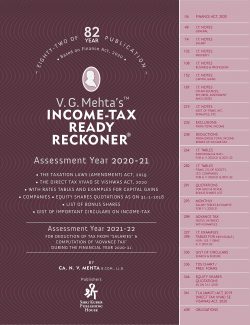 V G Mehta's Income-tax Ready Reckoner 2020-21 By Navinchandra Vrajlal Mehta
V G Mehta's Income-tax Ready Reckoner 2020-21 By Navinchandra Vrajlal Mehta  Taxation Of Income From Business Or Profession 2019, By Ram Dutt Sharma
Taxation Of Income From Business Or Profession 2019, By Ram Dutt Sharma 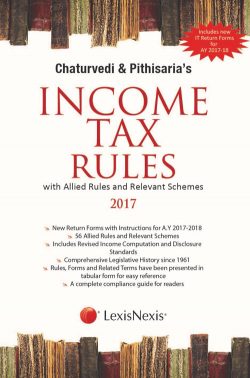 Chaturvedi and Pithisaria’s Income Tax Rules (with Allied Rules and Relevant Schemes) 2017
Chaturvedi and Pithisaria’s Income Tax Rules (with Allied Rules and Relevant Schemes) 2017 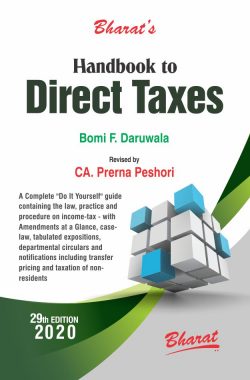 Handbook to DIRECT TAXES, 2020 by Bomi F. Daruwala
Handbook to DIRECT TAXES, 2020 by Bomi F. Daruwala 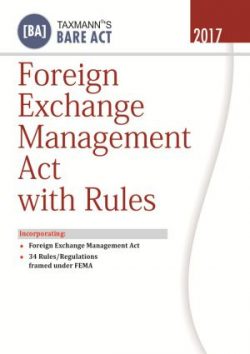 Foreign Exchange Management Act With Rules, 2017 by Taxmann
Foreign Exchange Management Act With Rules, 2017 by Taxmann 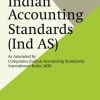


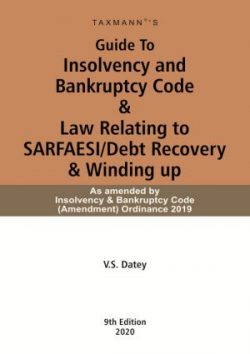
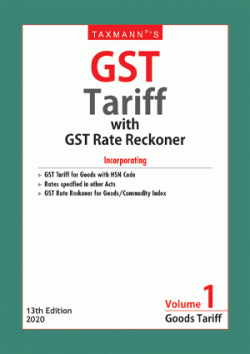
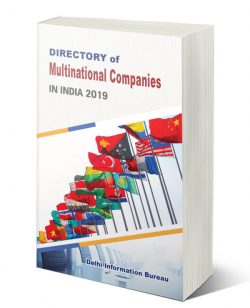
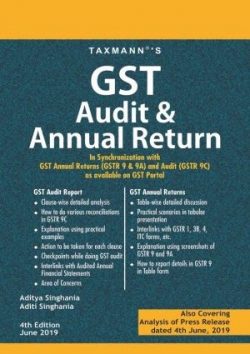
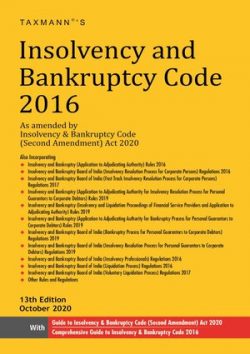

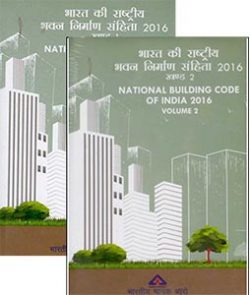
Reviews
There are no reviews yet.